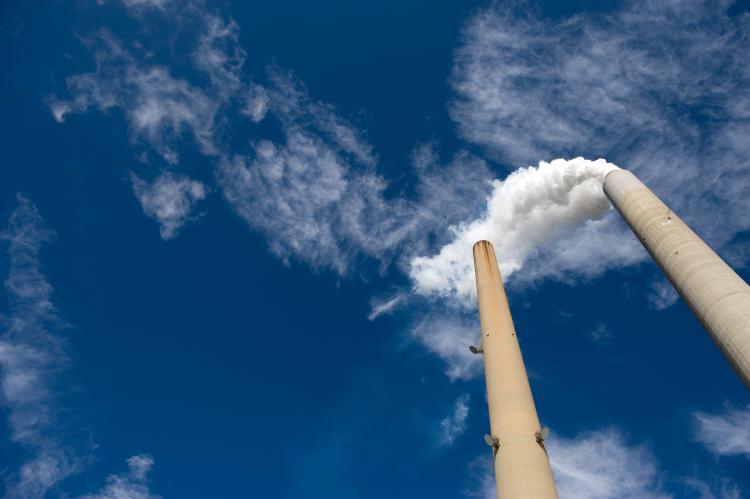Coal Industry Drinks Up Massive Amounts of Water
The process of generating energy from coal requires a staggering amount of water, a recent report says.

The smoke stacks of a coal power plant in New Haven, West Virginia, on Oct. 30, 2009. Saul Loeb/AFP/Getty Images
|Updated:






